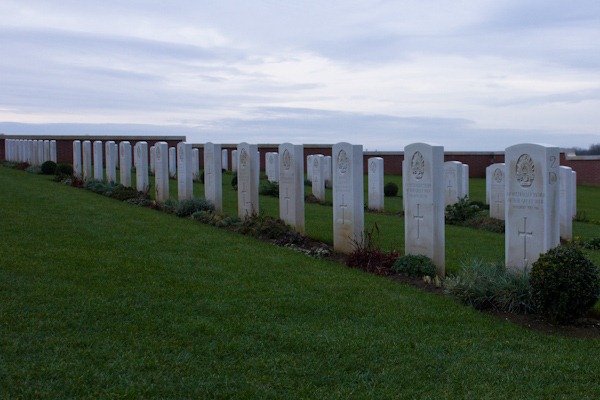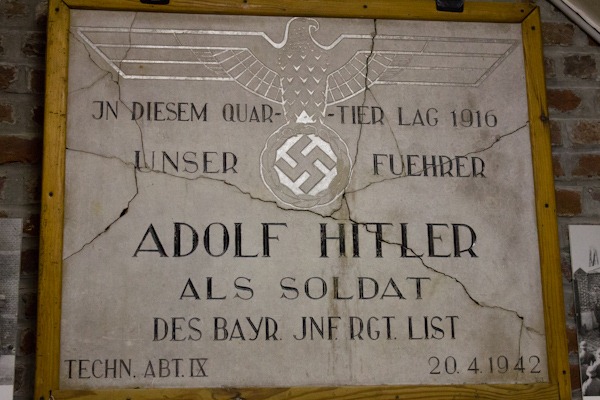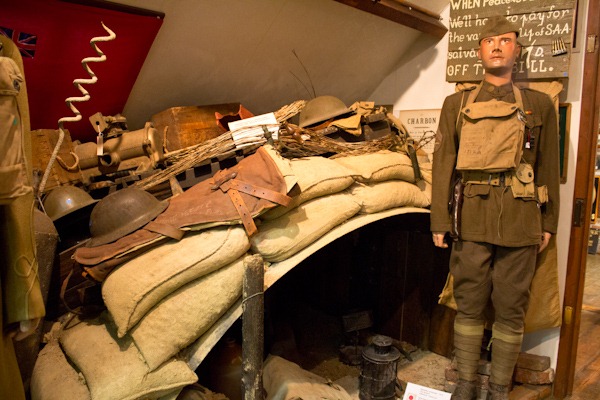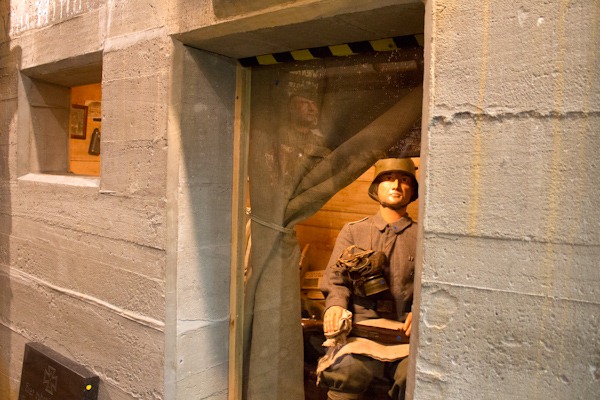Australia’s Forgotten Soldiers
Having only been in France for three weeks and with virtually no military experience, it’s hard to imagine what was going through the minds of the thousands of Australian soldiers heading to the Western Front at Fromelles in northern France during World War I. They most likely didn’t realise they were about to be sacrificed by their British allies to provide a ‘diversion’ to the German military who were looking to move further south to join the Battle of the Somme.
Crossing the 400 metres of flat, open no man’s land was a disaster waiting to happen. The Germans on higher ground were easily able to mow down the approaching soldiers and no one made it across enemy lines. Further along, the no man’s land was only 90 metres wide and a tenacious group of mostly Australian soldiers made it across into enemy territory. It seems like this achievement was unexpected and while the British commanders were deciding what to do, night fell and not long after the small group of soldiers found themselves surrounded by the more powerful, professional German army.
Bloody hand to hand combat ensued with rifles, bayonets and grenades being the weapons of the day. Many of the Australians were killed and the few who survived were taken as prisoners of war.
In the small French village of Fromelles in 14 hours beginning on the 19th July 1916 more than 8,500 Australian, British and German troops were killed, wounded or taken prisoner with 5,533 of them being Australian. One of the deadliest battles in Australian history.
Fromelles Mass Graves
Soldiers killed behind allied lines were identified and buried in British cemeteries along the front line while those who died in no man’s land were left there for two years until the end of the war. Those who perished behind German lines were buried in mass graves in Fromelles, 50 soldiers per grave.
Even though the existence of the graves was well documented by the Germans, their existence was largely ignored by the French, British and Australian authorities for more than 90 years. It wasn’t until French and Australian amateur historians shared their extensive research that something was finally done about these forgotten soldiers. After years of bureaucracy and delays the bodies were eventually exhumed in 2009. DNA samples of 250 soldiers were taken and so far around 110 bodies have been identified.
Fromelles Military Cemetery
In 2010, the soldiers recovered from the five mass graves were given individual funerals with military honours and are now buried in a new military cemetery in Fromelles. Fromelles Military Cemetery is not far from the battle location and the woods where the mass graves were located (known as Pheasant Wood).
There are a number of other military cemeteries located in the area which are worth seeing. You can also visit Australian Memorial Park which is a small piece of Australian territory in France which commemorates the contribution of Australian soldiers in Fromelles during the Great War.

Hitler in Fromelles
During WWI, Adolf Hitler worked as a messenger transferring messages to and from Fromelles each day by bike and he is believed to have taken part in the Battle of Fromelles. During WWII when Fromelles was once again in German hands, the German soldiers created a plaque to commemorate the contribution their Fuhrer made to the city during WWI. At the end of the war, the plaque was immediately pulled down by the returning French and it can now be found at the Fromelles Museum.

Fromelles Museum
The Fromelles Weppes Terre de Mémoire is currently located on the first floor at the Fromelles town hall. There you can find all kinds of memorabilia and information on the Battle of Fromelles including uniforms and ammunition found in the area. The growing museum will be moved to a dedicated building next to the cemetery in the near future. The museum is open on the 2nd Sunday of the month or by appointment.


Fromelles Tours
Fromelles is located 20 minutes drive west of Lille and while you can visit the museum and cemetery on your own it will help to have a guide to show you around as points of interest are not sign posted. Our guide showed us the location of the German front line, no man’s land, the Allied front line and the precise location of the one on one final combat. Lille Tourism will be running tours to Fromelles starting this summer or ask them about arranging a guide.
Battle of Fromelles
I must admit I didn’t know anything about the Battle of Fromelles before arriving in the town. Looking around the museum and discussing the battle with the local historians was fascinating and their passion for the details was contagious. There is a small group of historians dedicated to preserving the memories of the battle and what happened afterwards and they are happy to share what they know.
It’s incredible to think that so many soldiers were sacrificed for nothing. Nothing was achieved. No ground was gained. The diversion failed. There was just a mass loss of life. If you are interested in Australian or military history then I’d definitely recommend a trip to Fromelles to find out more.
In 2006, 60 Minutes did a segment on Fromelles before the mass graves were excavated which you can watch here and if you are based in the UK you can watch a Channel 4 documentary on the subject.
I’d like to thank Lille Tourism and Fromelles Tourism for making our trip to Fromelles possible and Jean Marie Doual for driving us to and from Lille and for helping to translate. Special thanks to Jean Marie Bailleul for kindly sharing his immense expertise with us and for showing us the battlefields.







Comments